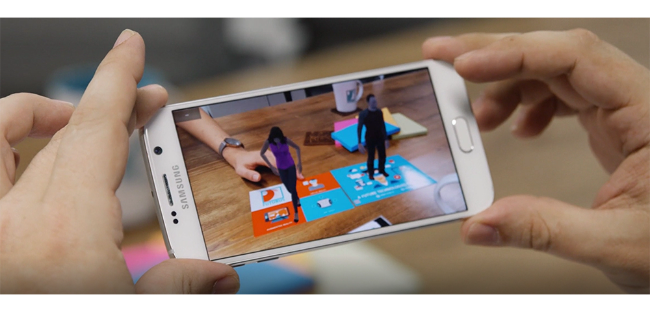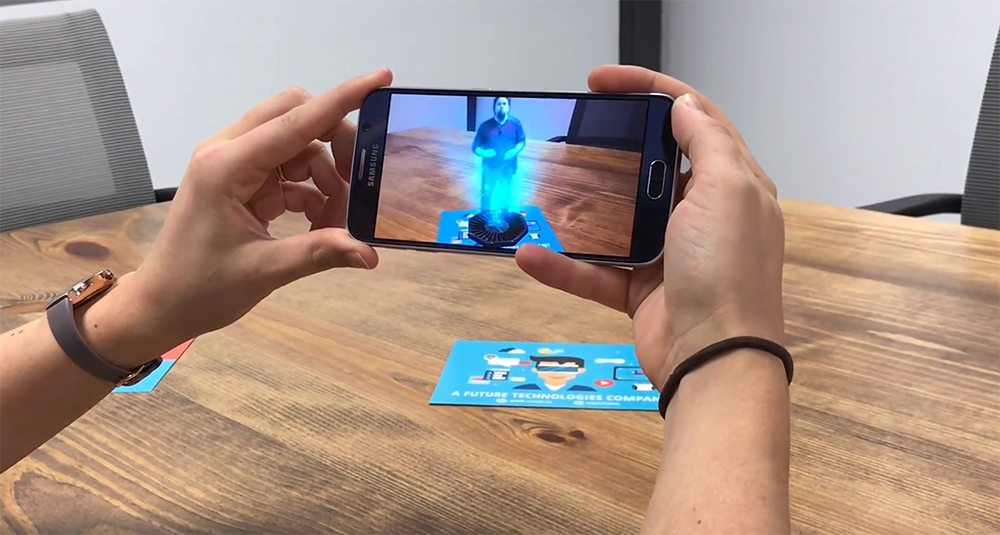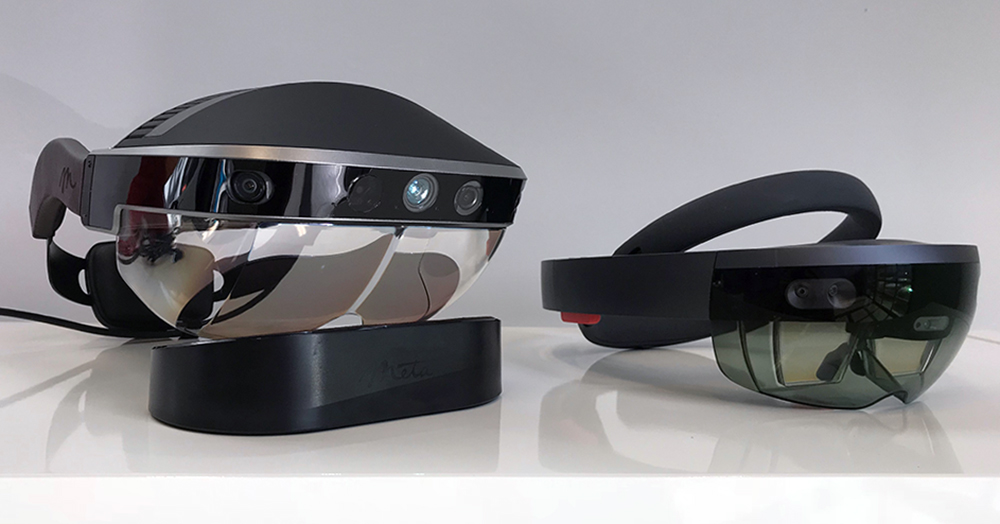
14 Nov Augmented Reality 101
When we’re laying the groundwork for any project, we want to make sure the people we work with understand our technology at its core. Futurus is doing a series of 101’s in Blog to the Futurus and this week, it’s augmented reality (or AR). Let’s take a deep dive and go beyond Pokemon GO with some answers to the top AR questions people ask us.
What is augmented reality?
Augmented reality is the application of digital information onto the real world. This can be experienced with a smartphone, tablet, or wearable device (like smart glasses or the Microsoft Hololens). In the case of a mobile device, the program displays both the real world (passed through the phone’s camera) and the digital content overlaid on the screen. For wearable devices, the user is seeing their environment around them and the glasses support the projection of digital information.

How does the program produce the content in the right place?
There are three ways to activate an augmented reality experience: geolocation, tracker, and mapped. Pokemon GO is an example of geolocation-based AR. The characters were not tracked to a specific object or image, just the location, so they could spawn anywhere in that geofence. With a physical tracker, brands can create experiences that are activated by their logo or other marketing collateral. This is a great feature when creating an exclusive experience because consumers are required to buy the product or be provided a special tracker to participate. The newest type of experience is mapped. The AR experience content is mapped to an environment utilizing depth mapping or camera data combined with the movement of the device. These mapping techniques are what make fun Snapchat filters and Facebook lenses possible.
Mobile or wearable device – what’s right for me?
While both mobile and wearable experiences are great, there is a place, time and reason for each one. In discussions with consumer marketers, we almost always recommend mobile experiences. The reach of a mobile device experience is much wider because most of the targeted audience will already own a smartphone. When we are working in industrial uses, such as operator training, or on-site visual assistance, we recommend wearables. Smart glasses and holographic headsets provide a hands-free solution that is appealing to that market.

How do we get started?
When implementing augmented reality into your brand, a proper evaluation is important. The Futurus team is here to help assess project goals as well as final distribution of the immersive experience. We take that information and make the best recommendations for your business. We schedule a VR/AR 101 meeting at our Atlanta office (or web conference if you’re not in town) to make sure everyone is up to speed with the latest technology. After that, we can get to work on bringing immersive technology to your company through augmented reality programming. Contact Futurus today to get started.




